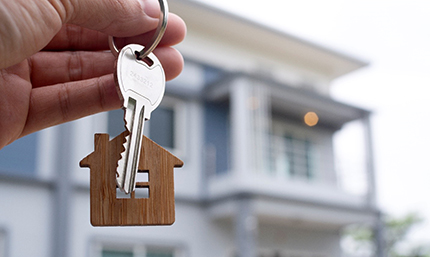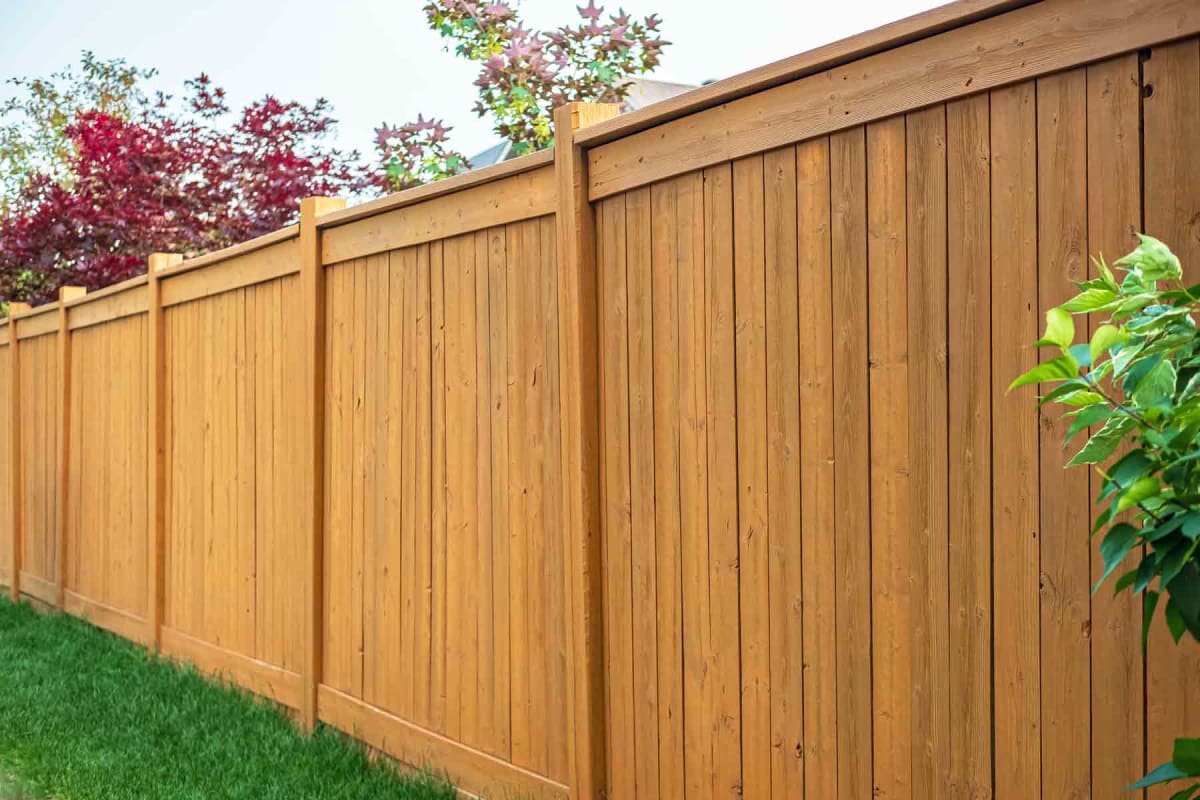For Singapore, it is not difficult to identify the terms used in real estate transactions. All of the terms reflect a widespread use of English in the realm of communicating and this singular usage has resulted in a highly developed real estate lingo which has brought together the four main racial groups into a harmonious whole. This is reflected in the dynamism of the city state’s real estate landscape.
The professionals of real estate
In Singapore, professional names and terms are accorded their proper place in real estate transactions.
In regards to realty terms used, there is no doubt that ethnic groups do have their own terms in their own different languages, but these have largely failed in establishing a niche so as to become part of the real estate parlance.
The use of English terms in the real estate environment is predominant.
Property Types
Semi-detached – 2 houses that share a common wall, but keep separate gardens.
Linked house – 1 of 2 landed houses joined to the other by a common wall separating their car porches. The common wall is the side wall of the two car porches.
Terrace houses – These are houses that are joined in a row that often have a paved or grassed garden. Larger versions of this type may have a swimming pool, playground or gymnasium.
Corner terrace – This is a landed house located at the end of a row of terrace houses that occupies a larger area of land compared to terrace houses.
Maisonette – The maisonette is a building with a 2-level residential unit within. The adjoining floors are connected by an internal staircase leading from the ground to the upper floor.
Shophouses – A shophouse is a legacy for Singapore’s past that consists of a shop area below and living quarters above. Many have been renovated to enhance original features and tiling. They have small outdoor areas but contain internal courtyards and are found in the central and eastern part of the island.
Detached homes – These homes are essentially bungalow-type buildings that may be single, double or 3 stories high.
Black and whites – Like shophouses, these buildings are a reminiscent of the British colonial era and were used to accommodate air, land and administrative personnel. They range from small terraced homes to palatial residences raised on stilts. Many have huge gardens and servant quarters. They can be let but without air conditioning, fans and linens, which a buyer must purchase from previous tenants.
Cul-de-sac house – A landed house situated at the end of a large dead-end road where a turnaround road has been constructed.
Duplex House – A 2-storey building that contains a residential unit on the first floor and a second residential unit on the second floor. Residents share the same land and an outside stairway connects the first floor residential unit with the unit above it.
Townhouse – A ground-level residential unit joined to a row of 3 or more residential units that have common ownership of theland.
Cluster housing – This type of residential unit is a cross between landed and condominium housing. All the houses are built at ground level and residents share facilities like those found in condominiums. Cluster housings have Strata Titles.
Apartments – An apartment can range from studios to large, 5-bedroom flats that can occupy 1 or 2 floors of a building.
Condominiums – Condominiums are also referred to as condos, which, apart from providing rental accommodation, also provide facilities such as a gym, tennis court, function room, pool and sometimes a small shop.
Penthouses – These are less common rental units that offer private outdoor living with colossal views available. Many have their own “Jacuzzi” whirlpool baths.
Other terminology
Co-broke deal – A situation where more than 1 agent liaises between a landlord or owner and several tenants.
Empty furnished or non-furnished – This highlights a residential unit that is provided without any furnishings except for kitchen space, faucets and light fittings.
Fully furnished – A residential unit or house that is fitted with common furnishings such as a refrigerator, washing machine, television set, furniture, wardrobes, beds, mattresses and similar furnishings and appliances.
Partially furnished – A partly furnished unit or house is fitted with only some and not all the more common furnishing items.
HDB – This is an abbreviation of the Housing Development Board, which is totally responsible for all public (government) housing in Singapore.
HDB flats are units provided by government to house its citizens. They can rent their flats or sublet bedrooms to permanent residents, non-citizens, students or people holding a work permit. There are restrictions and these must be checked out first before any commitment is made.
N-bloc or Enbloc – to the sale of an estate by a majority vote of the owners to give way to a new estate. For development of less than 10 years old, a 90% majority vote is required, but for development of 10 years old and more, only an 80% majority is required.
Strata title – Multi-level apartment units are divided into separate levels, or “strata”.
Top – A “Top” refers to a temporary occupation permit. A unit that has been labeled as a “Top” unit means that the unit is ready to be occupied.
Common room – This term refers to a living room area within the same HDB apartment or house. It is usually shared by other occupants living in the same apartment or house.
Master room – A separate room within the same HDB apartment or house that is available only to the person paying rent. It is usually partly or fully furnished with the full range of amenities and appliances. The quality of the master room is reflected in the rental price charged.
Pax – Commonly used by agents and landlords when referring to tenants living in rental units, the term was originally used by the travel industry, which referred to passengers.
Leasehold – The right to own real estate for 99 years or the right to own property for 999 years, a version of the first leasing type.
Freehold – The right to own land in perpetuity or without any limit to such ownership.





More Stories
Getting Financed For The Condo You Want
Cape Haze Peninsula Vacation Rental Communities – Cape Haze Resort, Hammocks and Boca Vista Harbor
What You Need To Understand To Invest In Real Estate